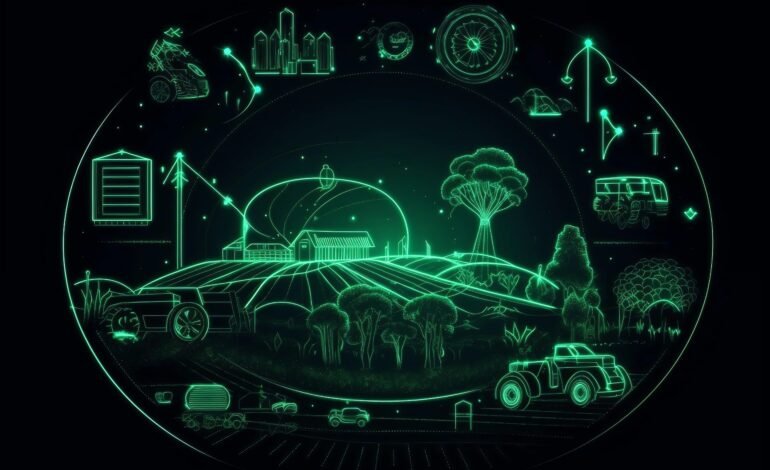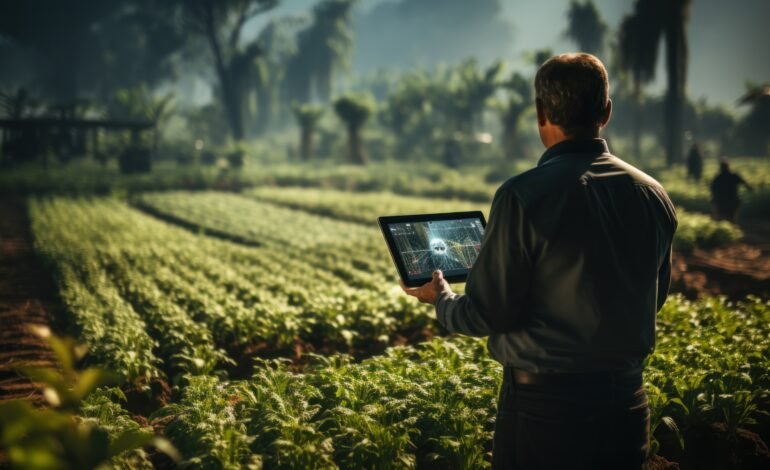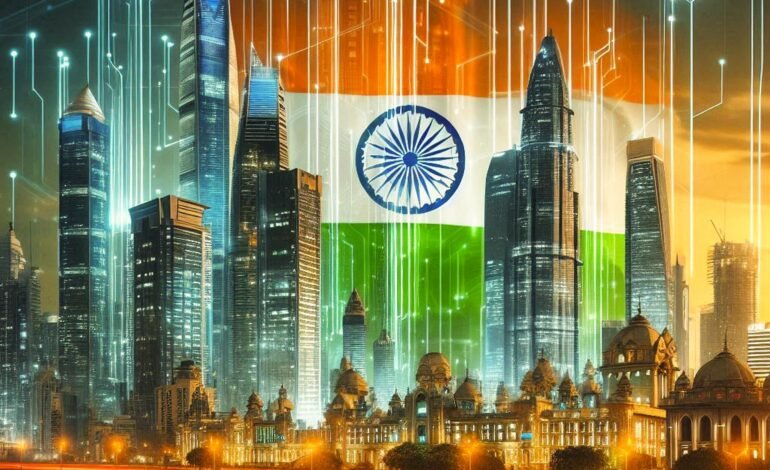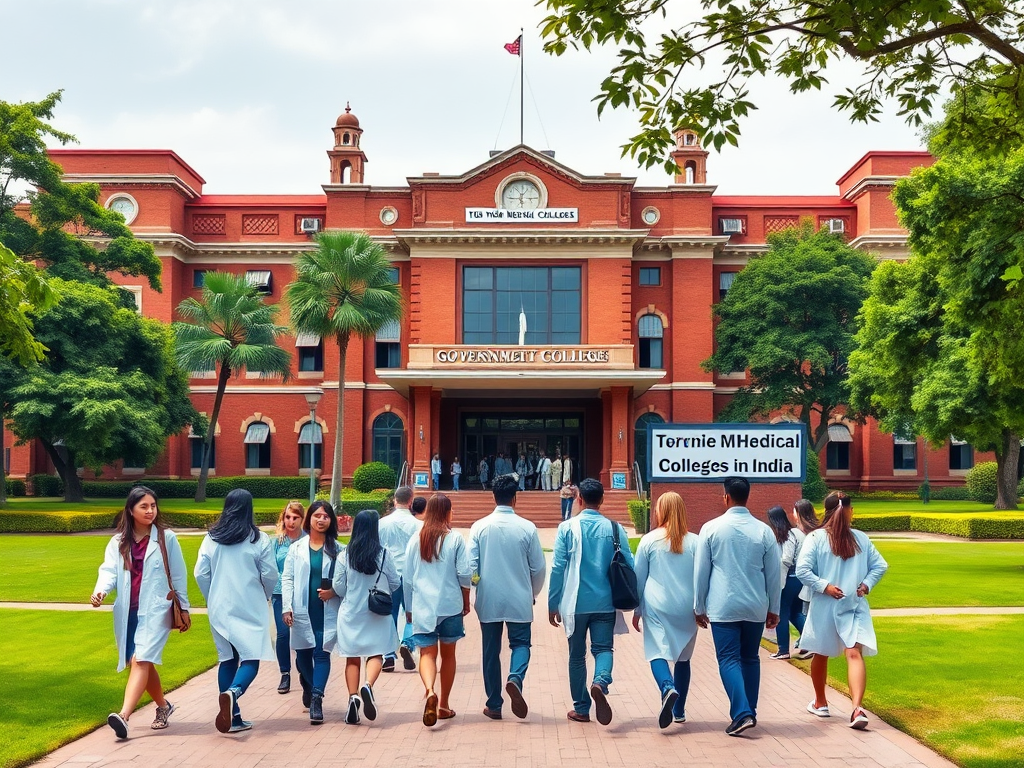Transforming Agriculture for a Sustainable Future in 2025

Revolutionizing Agriculture in 2025: Trends, Challenges, and the Road Ahead
Agriculture in 2025 stands at the forefront of India’s economic transformation, sustaining millions of livelihoods and safeguarding the nation’s food security. Yet, as we enter this pivotal period, the sector must tackle pressing issues like climate change, resource scarcity, and sustainability. With advanced technologies, innovative farming techniques, and robust policies, India’s agricultural landscape is on the cusp of a significant revolution.
In this blog, we delve into the trends shaping Agriculture in 2025, explore the key challenges faced by farmers, highlight trailblazing solutions, and examine the policies driving the future of Indian farming. To gain global insights on sustainable farming, be sure to visit the Food and Agriculture Organization of the United Nations.
Key Trends Shaping Agriculture in 2025
1. Smart Farming with IoT and AI
Advanced IoT sensors and AI tools are enabling farmers to make precise, data-driven decisions. Therefore, these technologies help optimize irrigation, monitor soil health, and predict pest outbreaks, significantly boosting productivity in farming for 2025 and beyond.
2. Agri-Tech Startups
India’s thriving agri-tech sector is addressing long-standing hurdles in agriculture. For instance, startups like AgroStar, DeHaat, and Fasal connect farmers to markets, improve access to credit, and deliver technology-driven advisory services.
3. Vertical Farming and Hydroponics
Urban agriculture methods—like vertical farming and hydroponics—are experiencing rapid growth. Hence, these techniques maximize yield while minimizing water usage and land requirements, effectively reducing the impact of urban sprawl.
4. Blockchain in Agriculture
Blockchain technology is enhancing transparency throughout the supply chain. Thus, it tracks produce origins and assures fair trade, reshaping how food travels from farm to table.
5. Sustainable Practices
Conservation agriculture, organic farming, and regenerative strategies are becoming mainstream. Moreover, these methods prioritize soil health, biodiversity, and carbon sequestration for long-term resilience in Agriculture in 2025.
Challenges in Agriculture in 2025
Climate Change
Unpredictable weather and higher temperatures are threatening crop yields. Therefore, climate-resilient seeds and adaptive methods are essential to safeguard farmers’ livelihoods.
Resource Scarcity
Depleting groundwater, shrinking arable land, and declining soil fertility are urgent concerns. Consequently, sustainable techniques must be adopted to manage constrained resources effectively.
Fragmented Landholdings
With small land parcels, many farmers find it difficult to utilize mechanized or modern farming approaches. Furthermore, collaboration or land consolidation may be vital for efficiency.
Access to Credit and Technology
Financial and technological hurdles persist, especially in remote areas. Hence, bridging this gap is crucial for inclusive growth in India’s Agriculture in 2025.
Digital Divide
Although digital innovations are transforming agriculture, limited internet availability and digital literacy prevent certain farmers from leveraging these advances fully.
Innovative Solutions for India’s Agriculture in 2025
- Drones in Agriculture
Drones facilitate aerial mapping, real-time crop health checks, and precision spraying. As a result, these devices save valuable time, labor, and resources. - Artificial Intelligence in Farming
AI systems analyze extensive data sets to predict weather patterns, optimize fertilizer usage, and detect diseases early. Ultimately, this increases efficiency across the board. - Solar-Powered Farming
Solar irrigation pumps and drying units help farmers reduce energy costs while supporting eco-friendly agriculture. Moreover, they diminish reliance on conventional power sources. - Climate-Resilient Crops
Researchers are producing seed varieties that endure drought, salinity, and pests. Consequently, farmers can maintain yields, even when facing adverse conditions. - Public-Private Partnerships (PPP)
Collaborations among government bodies, private businesses, and research institutions accelerate agricultural innovation. For example, Farmer Producer Organizations (FPOs) empower smallholders by pooling resources and enhancing market access.
Policy Framework Supporting Agricultural Transformation
Pradhan Mantri Fasal Bima Yojana (PMFBY)
This crop insurance program continues to protect farmers from financial setbacks resulting from crop failures. Therefore, it incentivizes them to invest in modern techniques.
eNAM (National Agriculture Market)
Online marketplaces like eNAM remove intermediaries, allowing farmers to transact directly with buyers. In turn, this fosters transparency and fair pricing.
Subsidies for Precision Farming
Government incentives for drip irrigation, solar pumps, and AI-based devices are driving the adoption of sustainable strategies. Moreover, these subsidies make advanced tools more accessible.
National Mission for Sustainable Agriculture (NMSA)
This initiative promotes soil health, efficient water management, and organic farming. Hence, it equips India’s farming sector to withstand environmental pressures and strengthen Agriculture in 2025.
Agri-Export Policy
By incentivizing value-added products and simplifying export procedures, India is expanding its global reach. Thus, farmers benefit from higher incomes and a diversified market presence.
The Road Ahead for Agriculture in 2025
Agriculture in 2025 relies on innovative ideas, inclusive technology adoption, and forward-thinking policies. Farmers, agri-tech firms, and policymakers must collaborate to address climate challenges, optimize limited resources, and sustain food security.
With advancements in smart farming, blockchain, and urban cultivation—reinforced by government incentives—Indian agriculture is set to achieve new benchmarks of sustainability, environmental care, and resilience.
Conclusion
Agriculture in 2025 signifies far more than mere food production. Instead, it focuses on forging a dynamic ecosystem that balances productivity, conservation, and economic opportunity. By embracing modern solutions and effectively tackling existing obstacles, India can lead the global community in agricultural innovation—thereby cultivating a promising future for countless generations to come.







